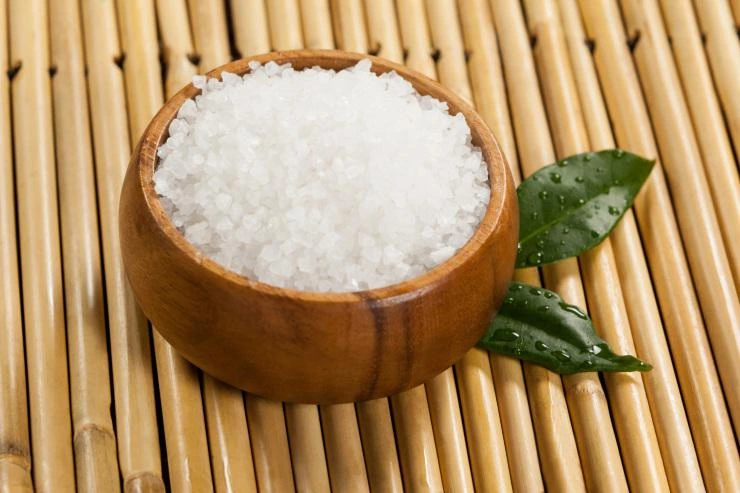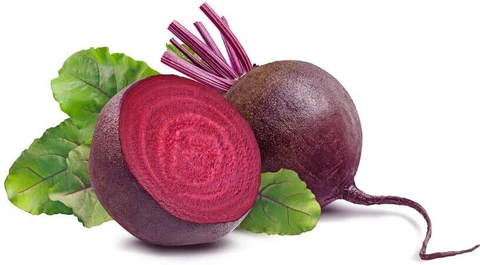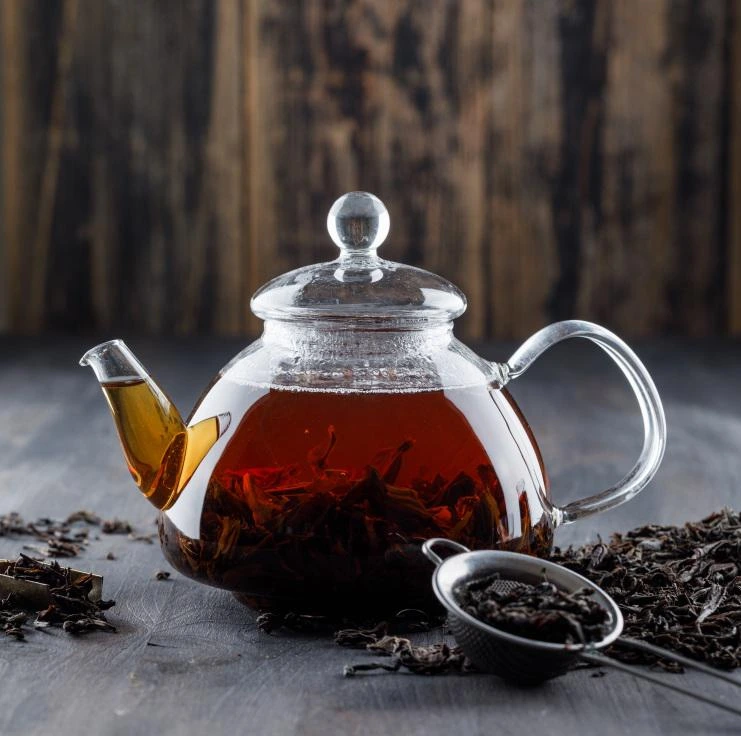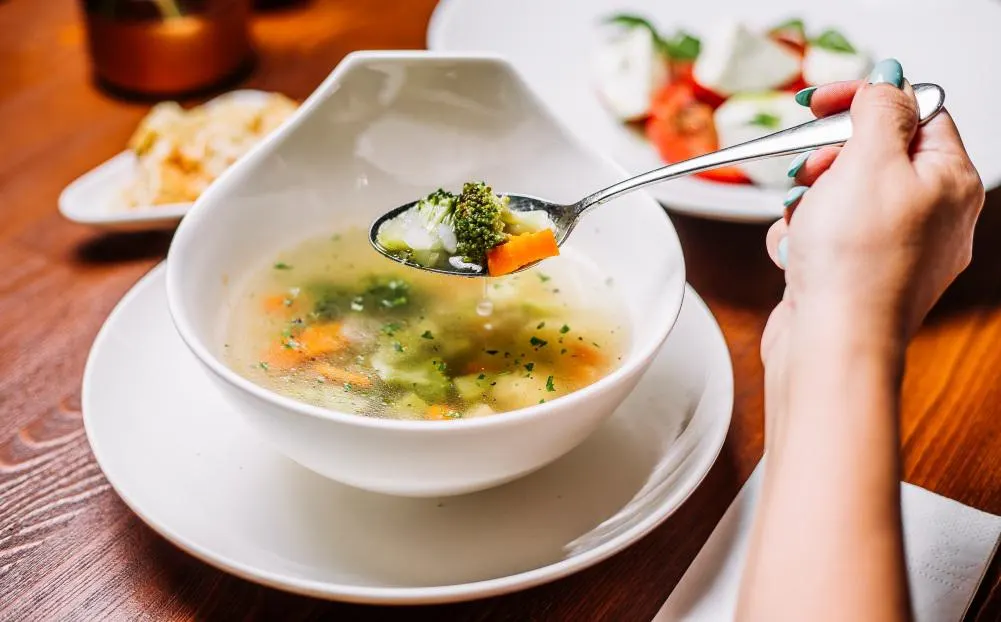“Na asamvrut mukha kuryat kshut hasya vijrmbanam”
(Ashtanga Hridaya Sutrasthan 2/35)
Sneezing, laughing, and yawning should not be done without concealing one's mouth. Yeah, wearing a mask or using a towel is not at all a new concept which should be practiced only when dastardly heinous virus came into our doorsteps!!!

“The food you eat can be either the safest and most powerful form of medicine or the slowest form of poison.” - Ann Wigmore
Are you a “three square meals a day” kind of person? Do you poop every day? Do you have constipation? What was your meal for yesterday’s dinner? The list of questions an ayurvedic practitioner might ask you about your diet and daily habits goes on and on. That is because the way we eat can directly affect our physical, mental, and emotional health. Wondering how?
Most of us are familiar with four basic tastes—sweet, sour, salty, and bitter. But in Ayurveda, there are total six tastes, with additional tastes of Astringent (Kashaya) and Acrid (katu). A balanced Ayurvedic diet includes all of the six tastes in every meal, but each individual should adjust the quantity of the tastes for his or her own body constitution (Prakruti).
The analysis of taste and its properties was made over centuries of observation by ancient acharyas, but it makes as much sense today.
Sweet

SWEET: When we express our love for our dear ones, we use terms like 'Sweetheart', 'honey' etc. This is the significance of sweetness. Sweet taste is often associated with feelings of love, care, and compassion. If you are trying to gain weight, sweet is the taste to emphasize. Its heavy, oily, and moist attributes slow digestion. It increases kapha dosha and reduces vata and pitta. Example: Diary products, Grains, Bread, Meat.
Sour

SOUR: The sour taste awakens the thoughts and emotions, and can improve appetite, digestion, and elimination. An imbalance of sour taste can cause feelings of anger, envy, Jealousy, and criticism. For example, who complains a lot are often called a “sour apple”. It increases pitta and kapha and decreases vata. Example: Citrus fruits, berries, Tomatoes, Alcohol.
Salty

SALTY: Salty taste adds taste to foods, stimulates digestion, helps electrolyte balance, cleanses tissues, and increases absorption of minerals. However, too much salt can have a negative impact on the blood skin and hair. Salty taste lifts the spirits and spark of life. It brings confidence and increases the zest for life. It increases pitta and kapha and decreases vata. Example: Table salt, Soy sauce, Seaweed.
ACRID

ACRID: Acrid food stimulates digestion, improves appetite, clears sinuses, and stimulates blood circulation. It will also help you think quickly and clearly and understand complicated matters more easily. It increases vata and pitta and reduces kapha. Example: Pepper, cumin, ginger, garlic, mustard
BITTER

BITTER: It is highly detoxifying and can help remove waste products from the body. Ever observed an evergreen neem tree??Even in summer the neem tree is always green because it is made predominantly of bitter taste. Likewise, with the human body, consumption of proper amount of bitter taste help you keep your body and mind healthy. It increases vata and decreases pitta and kapha. Example: Green leafy vegetables, Broccoli, beets, sprouts.
ASTRINGENT

ASTRINGENT: It is helpful in maintaining tissue firmness and bring together scattered feelings, thoughts, and emotions. It increases vata and decreases pitta and kapha. Example: lentils, Tea, Cabbage, Cauliflower, pomegranate
You can compare how you feel two hours after eating a balanced meal with how you feel after eating a bowl of pasta or noodles with plain sauce. It is likely you will be thinking about a snack after the latter. Every time you eat something, pay attention to the taste it triggers in your mouth and then the aftereffects in your body. Look out for heating/cooling sensations, light/heavy, drying/moisturizing, calm/stimulating etc. Listen to your cravings. Cravings are body’s attempt to heal by itself. See how you feel, listen to your body, and first understand your unique combination and imbalance. Then integrate all 6 tastes in your food in most appropriate combinations.
To strengthen the doshas, choose foods with the tastes which influence them. To reduce dosha effects, choose the other tastes.

Immune Boosting Warming Veggie Soup
Ingredients
- 4 cups of mushroom or vegetable broth.
- 1 small red onion, chopped.
- 4-10 cloves garlic, to taste crushed and chopped.
- 1 carrot, grated.
- 4-8 fresh mushrooms, sliced.
- 1-3 tablespoons grated ginger
- 1 fresh lemon, juiced
- 3 tablespoons chopped fresh parsley
Directions
Bring the broth, onion, garlic, carrot, mushrooms, and ginger root to a slow boil.
Reduce the heat and simmer on low, covered, for 15 minutes or until the veggies are soft.
Remove from heat, add the lemon juice and parsley.
Cover and steam for 5 minutes.

